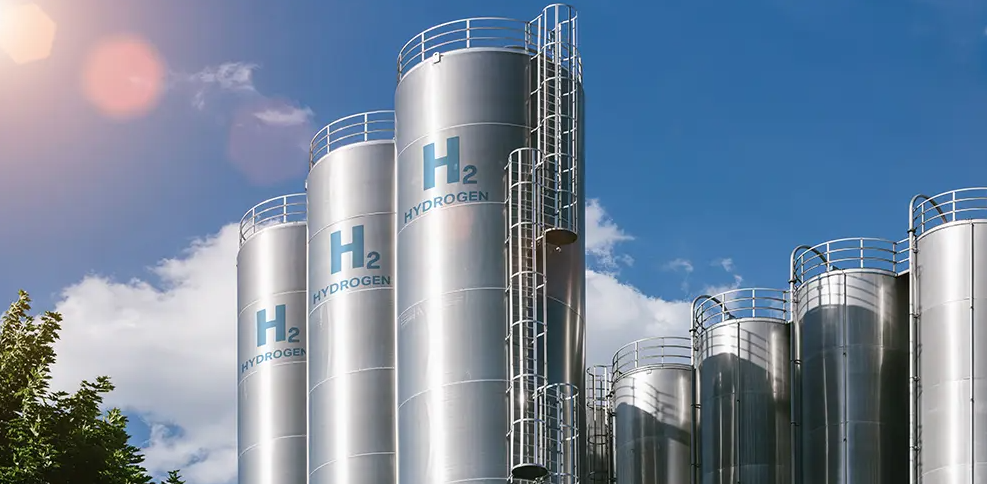Certification helps to gain access to cross-border trade
(sustainabilityenvironment.com) – After CMS 70, the standard for green hydrogen, blue hydrogen also gets its “seal”. Let’s talk about the new CMS 77 created by TÜV SÜD and dedicated to the low carbon version of the carrier and its derivatives. Applicable to all companies in the world, the new certification was officially launched at the end of 2023 but, as the company explains, it will be continuously retouched to adapt it to current and future developments and to the legal and regulatory requirements of the segment.
Certified blue hydrogen
In detail, the CMS 77 standard establishes a threshold for the reduction of greenhouse gas emissions in the production process so that hydrogen and its derivatives (for example, ammonia) can be considered “low carbon products“.
According to the standard, the cut of CO2eq must be at least 70 percent compared to the global benchmark, which is currently 94 gCO2eq/MJ (LHV – lower calorific value). In other words, to be certified as low carbon it should have an emission value not exceeding 28,2 gCO2eq/MJ (LHV). And to be certified as “blue”, the TÜV SÜD CMS 77 standard also requires the construction and use of facilities for carbon capture and geological storage. With a solid test of the permanence in the subsoil for long periods.
“Hydrogen is key to combating climate change, driving the transition to cleaner energy and promoting sustainable economic growth around the world,” says Thore Lapp, Business Unit Manager Green Energy & Sustainability, TÜV SÜD. “The future is still far away when all the necessary hydrogen will come from renewable sources. Low-carbon hydrogen and its derivatives could match green hydrogen until enough green H2 is available to meet demand,” adds Bratin Roy, Senior Vice President, Industry and Sustainability, TÜV SÜD South Asia, South-East Asia, Middle East & Africa Region.

